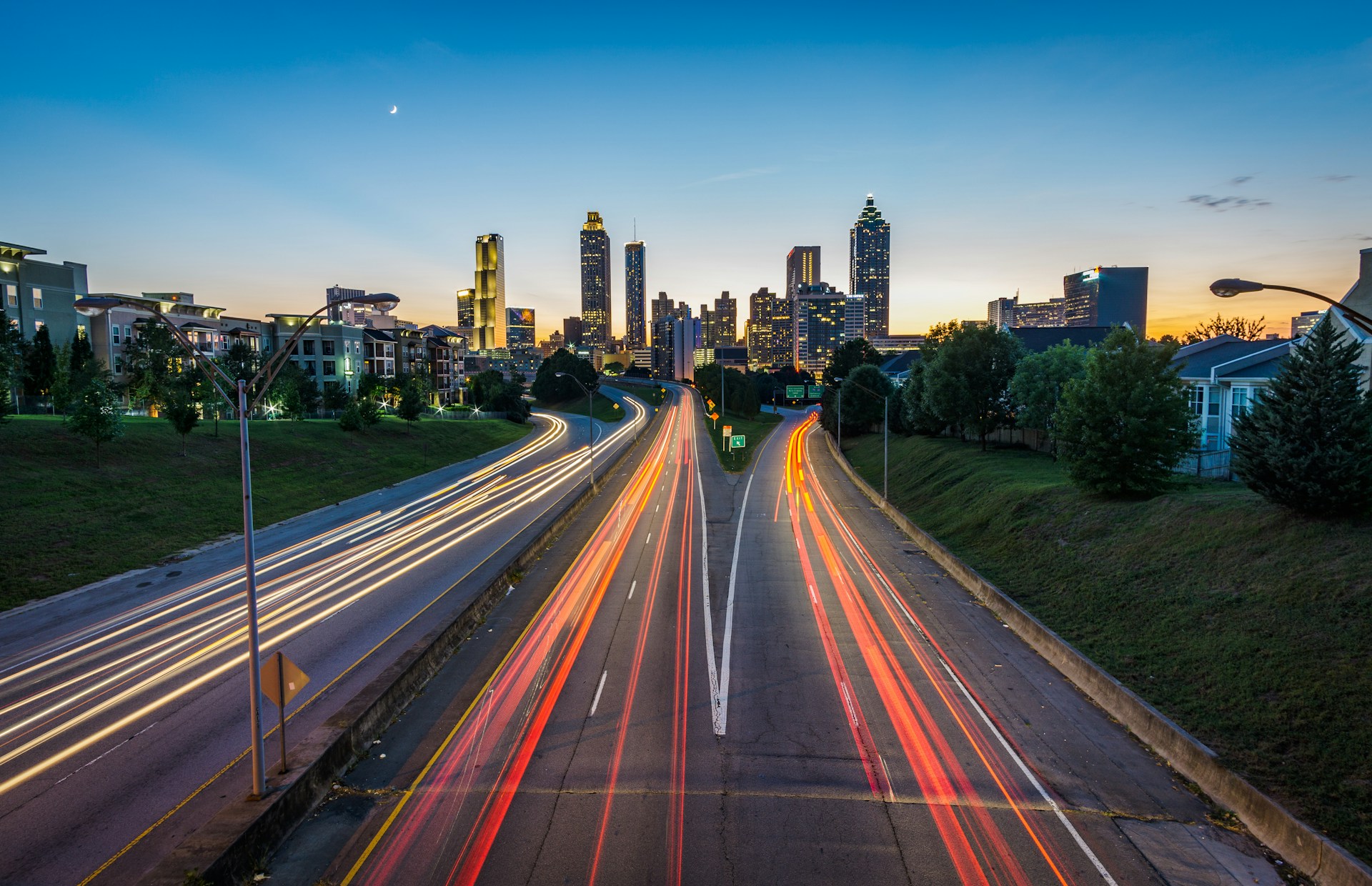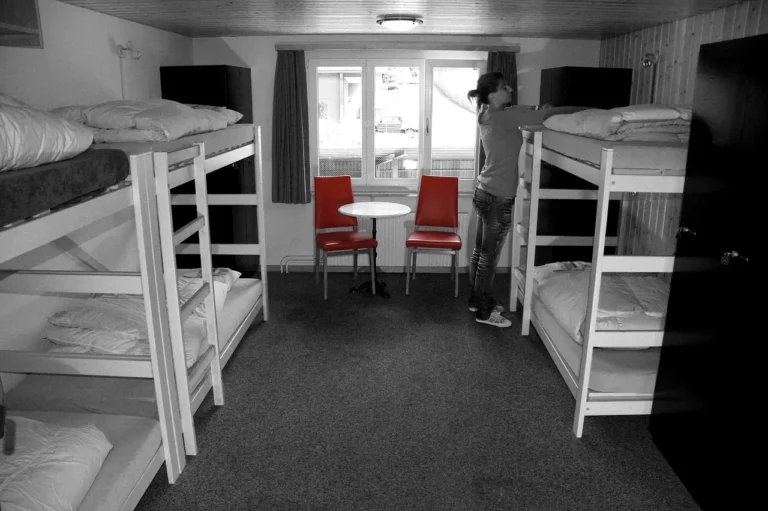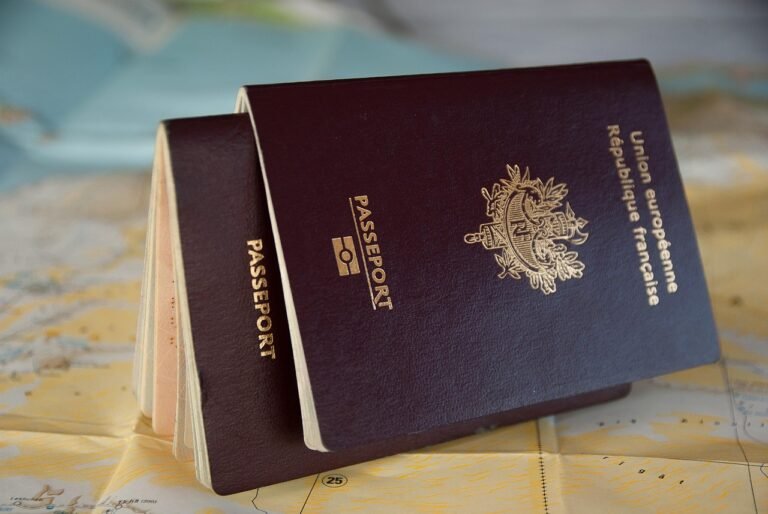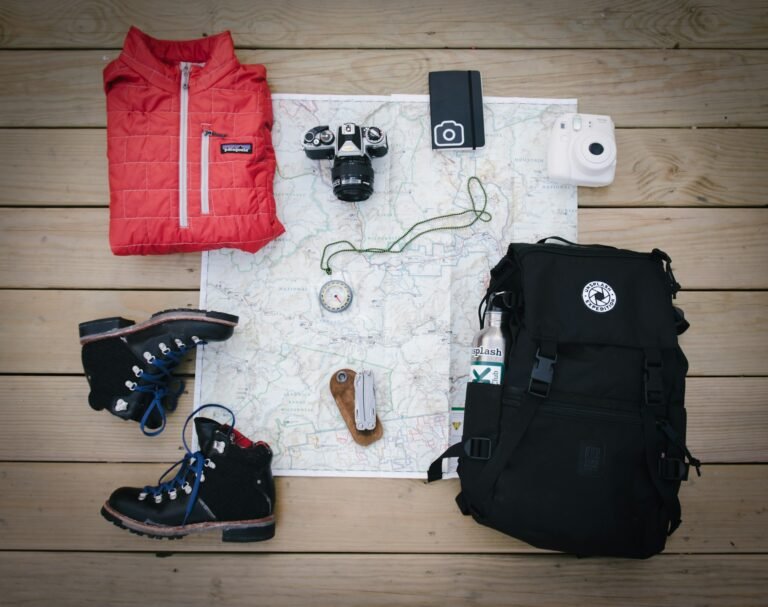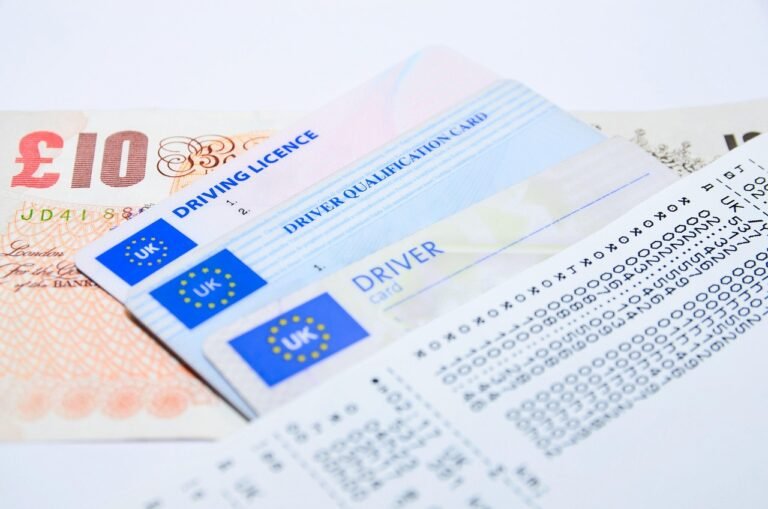Picture this: You’ve just touched down in a foreign city. Your hotel is somewhere across town. The taxi line stretches to the horizon, with prices that would make your credit card weep. Meanwhile, locals are gliding effortlessly into subway stations and hopping onto buses that could take you exactly where you need to go – if only you knew how.
I’ve been there. God, have I been there.
After missing the last train in Tokyo, accidentally taking the express bus to the wrong side of Barcelona, and getting stuck in a turnstile in Paris (yes, really – my backpack wedged me in like a cork in a wine bottle while an entire platform of commuters watched), I’ve learned that mastering public transport abroad isn’t just economical – it’s the difference between feeling like a clueless tourist and experiencing a city like someone who belongs there.
Why Bother with Public Transport While Traveling?
Look, I get it. After a 12-hour flight where your knees have become intimately acquainted with the seat in front of you, the thought of navigating a foreign transit system can feel about as appealing as dental surgery. But here’s why it’s worth pushing through that initial discomfort:
- It’s dramatically cheaper – that $50 taxi ride from the airport might be $3 on the airport express train
- You’ll avoid tourist traps by going where locals actually go
- It’s often faster in cities with terrible traffic (I’m looking at you, Bangkok)
- You’ll see how everyday life unfolds in ways you never would from the back of an Uber
Plus, there’s something strangely satisfying about that moment when you successfully navigate a complex metro system without having to ask for help. I still remember my ridiculous pride when I first managed the Tokyo subway without getting lost – it felt like I’d earned some kind of secret traveler merit badge.
Getting Started: Pre-Trip Transit Research
Before you even pack your bags, spend 30 minutes doing these five things:
1. Download Transit Apps
Google Maps works almost everywhere, but city-specific apps offer real-time updates that can be lifesavers. Some of my favorites:
- Citymapper (comprehensive coverage in 80+ cities worldwide)
- Moovit (excellent for bus routes in particular)
- DB Navigator (essential for German trains)
2. Figure Out Payment Options
Nothing screams “tourist” like fumbling with unfamiliar coins while a queue forms behind you. Cities have wildly different payment systems:
- Contactless credit cards work in London, Sydney, and most European capitals
- Transit cards like Hong Kong’s Octopus or Japan’s Suica are often usable for small purchases too
- Mobile payments are standard in Scandinavian countries and parts of Asia
- Some systems still require exact change in local currency (I learned this the hard way in Mexico City)
3. Learn Basic Transit Vocabulary
You don’t need to become fluent, but knowing a few key words in the local language can save your bacon:
- Exit/Entrance
- Platform/Track
- Transfer/Connection
- One-way/Round-trip
- North/South/East/West
Write these down in your notes app with translations – trust me.
4. Understand Operating Hours
Not all public transport runs 24/7. I once had to walk four miles back to my hotel in Prague because I missed the last tram at midnight. Now I always check:
- When first and last services run
- If there are night buses/trains (and if they follow different routes)
- How frequency changes on weekends/holidays
5. Map Your Common Routes
Before arriving, I always plot the journey from:
- Airport to accommodation
- Accommodation to major attractions
- Late-night route home from the main entertainment district (future you will thank past you for this one)
Navigating Different Transit Types Around the World
Insert image of colorful subway map here

Metros and Subways
The undisputed champions of urban transport. Some observations from my underground adventures:
Metro Masters: Tokyo, Seoul, London, Moscow
Tokyo’s system looks intimidating (that rainbow spaghetti map!), but it’s actually brilliantly organized once you understand it works by line color and end destinations. The trains are so punctual you could set your watch by them – a 30-second delay is considered newsworthy.
Moscow’s metro doubles as an underground art museum, with stations featuring chandeliers that would look at home in a palace. Meanwhile, London’s Tube is charming but shows its age – be prepared for random closures and the occasional mystifying announcement about “signal failures at Cockfosters.”
Beginner-Friendly Metros: Singapore, Copenhagen, Athens
Singapore’s MRT system is essentially impossible to get lost in – every station has numbered exits with signs showing exactly what’s above ground at each one. Copenhagen’s metro is driverless, clean, and blissfully simple with just a few lines.
Buses: The Unsung Heroes
I used to avoid buses like the plague when traveling. The routes seemed incomprehensible, the stops mysterious. But I’ve come around – buses often go where metros don’t, and give you a scenic tour of the city to boot.
Bus Champions: London, Berlin, Curitiba (Brazil)
London’s distinctive red double-deckers are worth riding just for the upper-deck views down iconic streets. Berlin’s network is comprehensive and runs with German efficiency. Curitiba pioneered bus rapid transit with dedicated lanes that make buses nearly as fast as subways.
Bus Tips From Someone Who’s Been Lost A Lot:
- Always track your journey on Google Maps to know when to get off
- In many cities, you need to signal the driver to stop by pressing a button
- Front doors for entering, back doors for exiting is standard in most places
- Keep your ticket/card handy – random inspections are common in Europe
Trams: Old-School Charm with Modern Efficiency
There’s something delightfully romantic about trams rattling through historic streets. They combine the predictability of trains with the accessibility of buses.
Tram Havens: Amsterdam, Melbourne, Lisbon, Prague
Lisbon’s historic Tram 28 delivers postcard views at every turn as it climbs through the city’s hilly neighborhoods. Just be warned – it’s also a pickpocket’s paradise due to the crush of tourists.
Melbourne’s free City Circle tram is the perfect introduction to the city center, while Amsterdam’s trams glide alongside canals offering views you’d miss underground.
Cultural Quirks: Transit Etiquette Around the World
Nothing will make you feel more foreign than violating unspoken transit rules. Some observations from my faux pas collection:
- Japan: Absolute silence is the norm. Phone calls on trains will earn you death stares. Also, eating on public transport is considered rude.
- London: Stand on the right, walk on the left on escalators. Violate this at your peril.
- Germany: Be punctual – trains wait for no one. And don’t even think about putting your feet on seats.
- Netherlands: Always validate your ticket – inspectors are frequent and fines are steep.
- Paris: The metro can feel like a fashion runway. Parisians dress impressively even for mundane commutes.
- NYC: The empty subway car during rush hour? There’s a reason it’s empty. Trust me on this one.
Money-Saving Transit Hacks
I’m a firm believer in spending money on experiences rather than transportation. Here’s how to stretch your transit budget:
Tourist Cards Worth Their Weight in Gold
Some cities offer tourist passes that combine transit and attractions:
- London Oyster Visitor Card: Caps your daily spend regardless of how many trips you take
- Paris Navigo Easy: Replaced the old paper tickets and works for all transit types
- Berlin WelcomeCard: Includes transit and discounts to major attractions
- Japan Rail Pass: Must be purchased before arriving in Japan, but delivers massive savings
Avoid Common Tourist Traps
- Airport express trains are convenient but often pricey. Regular commuter trains serving the same airports can be half the price.
- Hop-on, hop-off buses are convenient but typically cost 5-10 times more than regular transit.
- Water taxis in cities like Venice or Bangkok often have much cheaper public alternatives running similar routes.
When Public Transit Isn’t Your Best Option
Sometimes, public transport just isn’t the answer. Know when to pivot:
- Safety concerns: In some cities, certain transit lines become sketchy late at night
- Strike days: European cities in particular can have transit strikes with little notice
- When traveling with excessive luggage: Nobody wants to be that person blocking the aisle
- When time is more valuable than money: Sometimes that $20 taxi is worth it to make your flight
The Tech Tools That Make Everything Easier
Beyond the basics, these tools have saved me countless headaches:
- Translations apps with offline capability: Google Translate’s camera function can decipher those cryptic station signs
- What3words: Pinpoints exact locations when addresses are confusing
- XE Currency: For quick conversions when trying to figure out if you’re being overcharged
- Maps.me: Offline maps when you’re underground with no signal
Real Talk: When Things Go Wrong (And They Will)
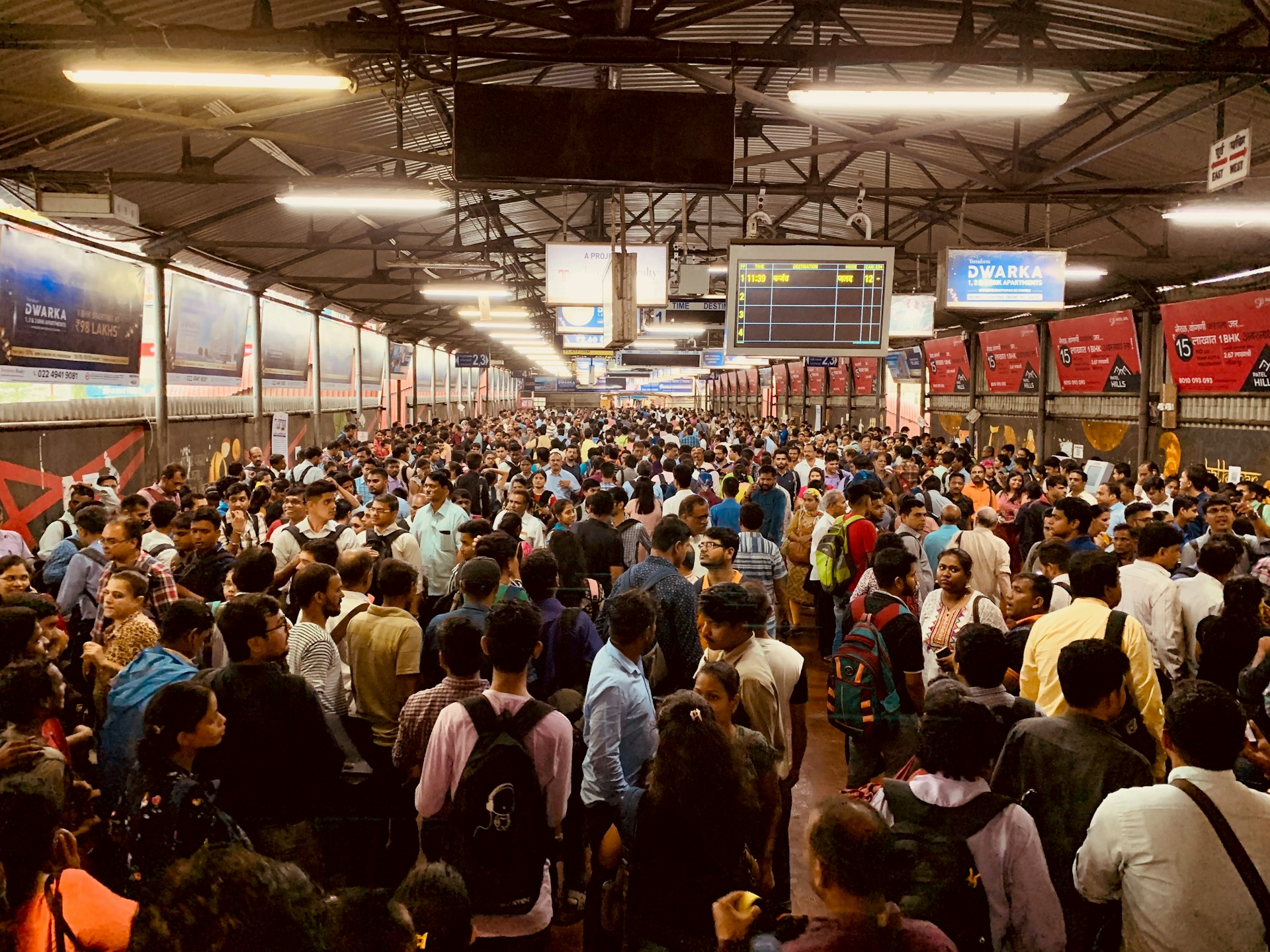
Despite your best planning, transit mishaps happen. My personal highlights reel:
I once spent three hours on what should have been a 20-minute bus ride in Rio because there was a soccer match I didn’t know about. In Berlin, I got on the right train number but going in exactly the wrong direction (rookie mistake). And let’s not talk about the time I fell asleep on a night train in Italy and woke up in Austria.
When disaster strikes:
- Don’t panic – transit problems make the best stories later
- Ask local people for help – most are kinder than you expect
- Remember that another train/bus/tram will come eventually
- Sometimes getting lost leads to discovering your favorite neighborhood
Top Products and Tools for Transit Travelers
Essential Apps
- Citymapper – https://citymapper.com – The gold standard for urban navigation, with offline functionality in many cities.
- Google Maps – https://maps.google.com – Nearly universal coverage with increasingly accurate transit directions.
- Moovit – https://moovit.com – Excellent for bus routes with real-time arrivals in 3,400+ cities.
Transit Cards & Passes
- Japan Rail Pass – https://www.japan-rail-pass.com – Must be purchased before arriving in Japan, but delivers massive savings.
- Eurail Pass – https://www.eurail.com – Flexible train travel across 33 European countries.
- London Visitor Oyster Card – https://tfl.gov.uk – Preloaded card with daily fare caps and airport connection discounts.
Travel Gear
- Tile Bluetooth Tracker – https://www.thetileapp.com – Attach to valuables in case they’re left behind on transit.
- Anker PowerCore Slim – https://www.anker.com – Slim power bank that fits in a pocket for all-day phone navigation.
- Pacsafe Metrosafe Sling – https://pacsafe.com – Anti-theft features perfect for crowded transit situations.
Language Resources
- iTranslate – https://www.itranslate.com – Works offline for translating transit signs and getting help.
- Duolingo – https://www.duolingo.com – Learn basic transit phrases before your trip.
- Google Translate – https://translate.google.com – Camera function translates signs in real-time.
Transit-Friendly Accommodations
- Hotels Near Transit Hubs – https://www.booking.com – Filter for properties near metro stations.
- Hostelworld – https://www.hostelworld.com – Budget accommodations typically clustered near good transit options.
- Airbnb – https://www.airbnb.com – Filter for places with high “transport” ratings in reviews.
A Word About Accessibility
Transit systems vary wildly in accessibility. While cities like Singapore and Washington D.C. have nearly 100% accessible stations, older systems can be challenging for travelers with mobility issues.
If accessibility is a concern:
- Research elevator status tools (like the TFL’s real-time elevator updates in London)
- Consider cities with newer systems built with accessibility in mind
- Look into specialized transport services many cities offer for visitors with disabilities
The Final Word
Mastering public transport abroad isn’t just about saving money – though your wallet will certainly thank you. It’s about experiencing a city as it really is, not just the sanitized tourist version.
Some of my fondest travel memories come from transit encounters: the elderly Japanese woman who helped me find my platform in Kyoto, the impromptu concert by street musicians on the Paris metro, and the sunset I witnessed from Stockholm’s #69 bus that no tour would have shown me.
So grab a transit card, download some apps, and prepare to get a little lost. The real adventure often begins when you step through those subway doors.

